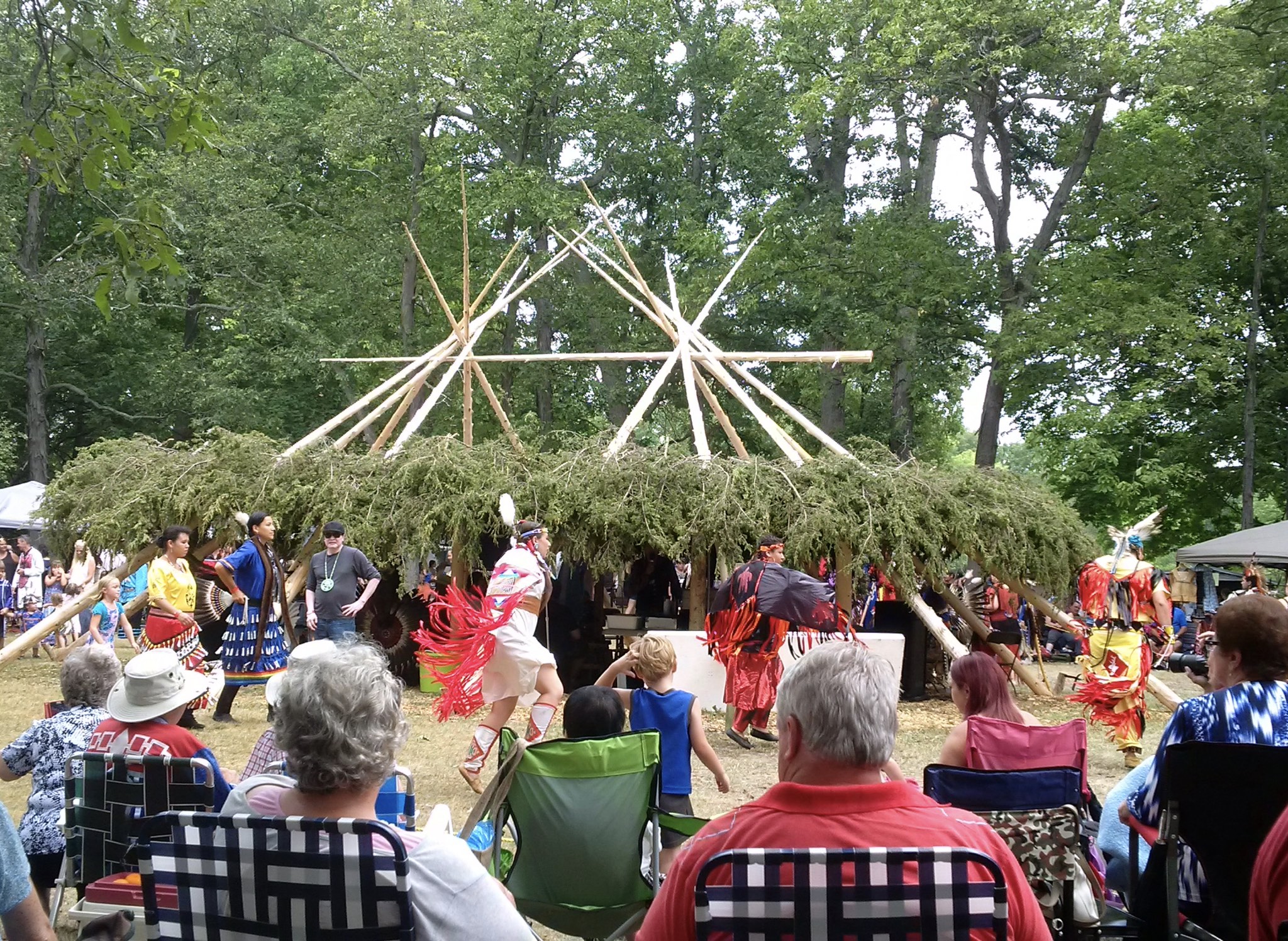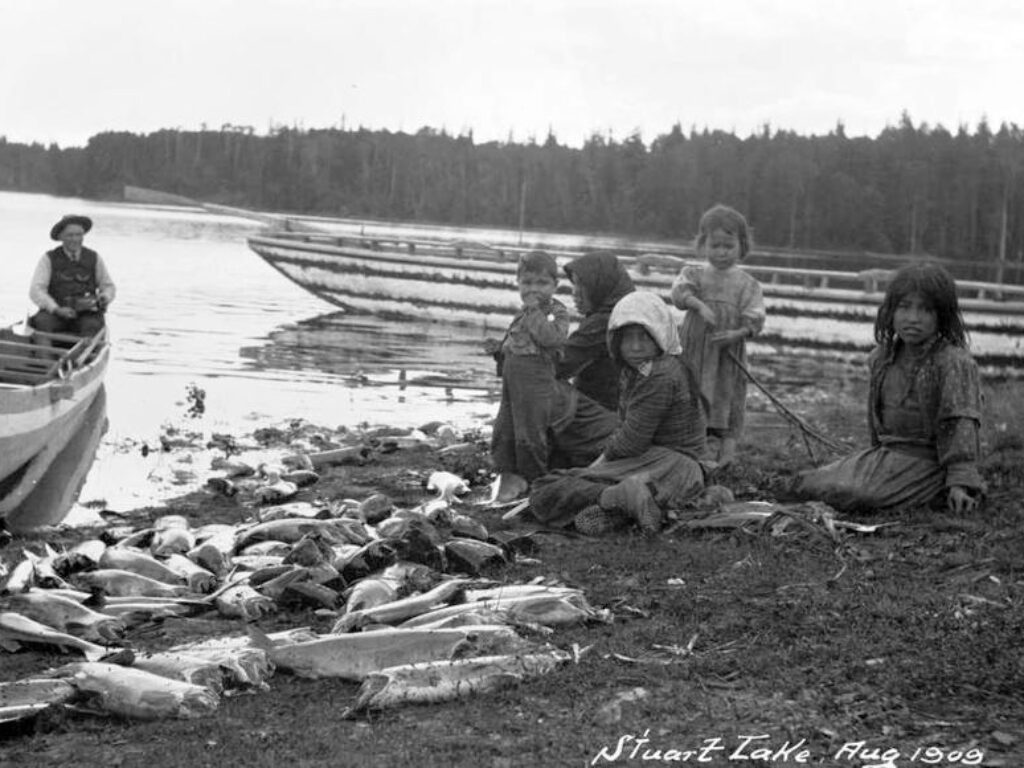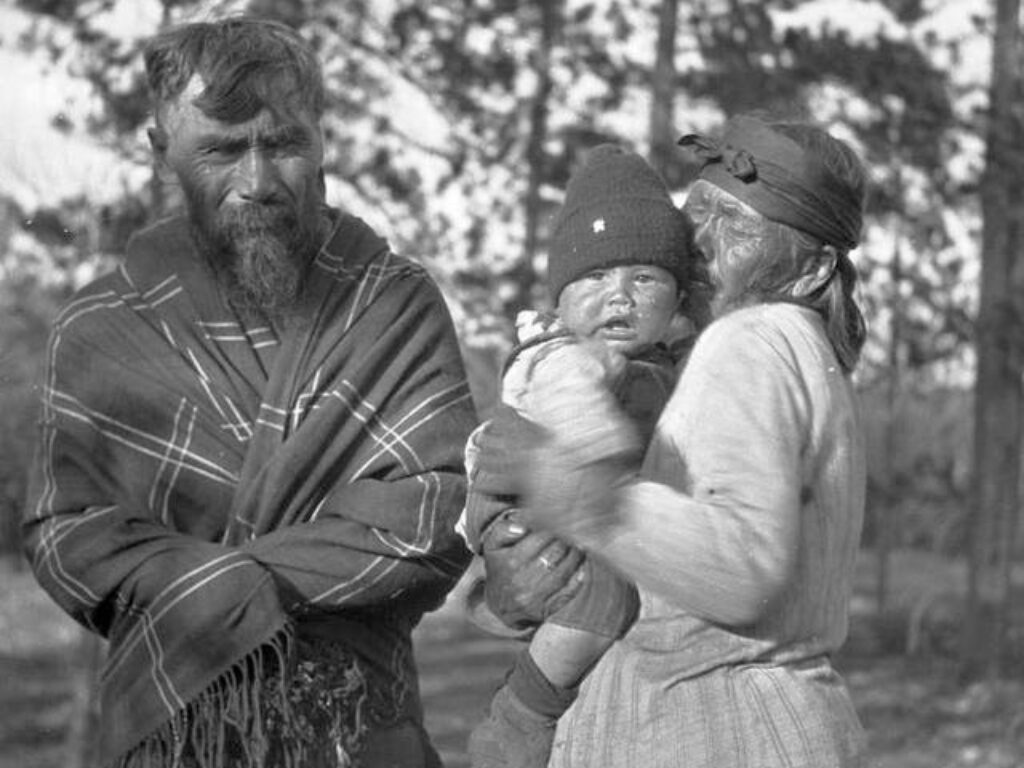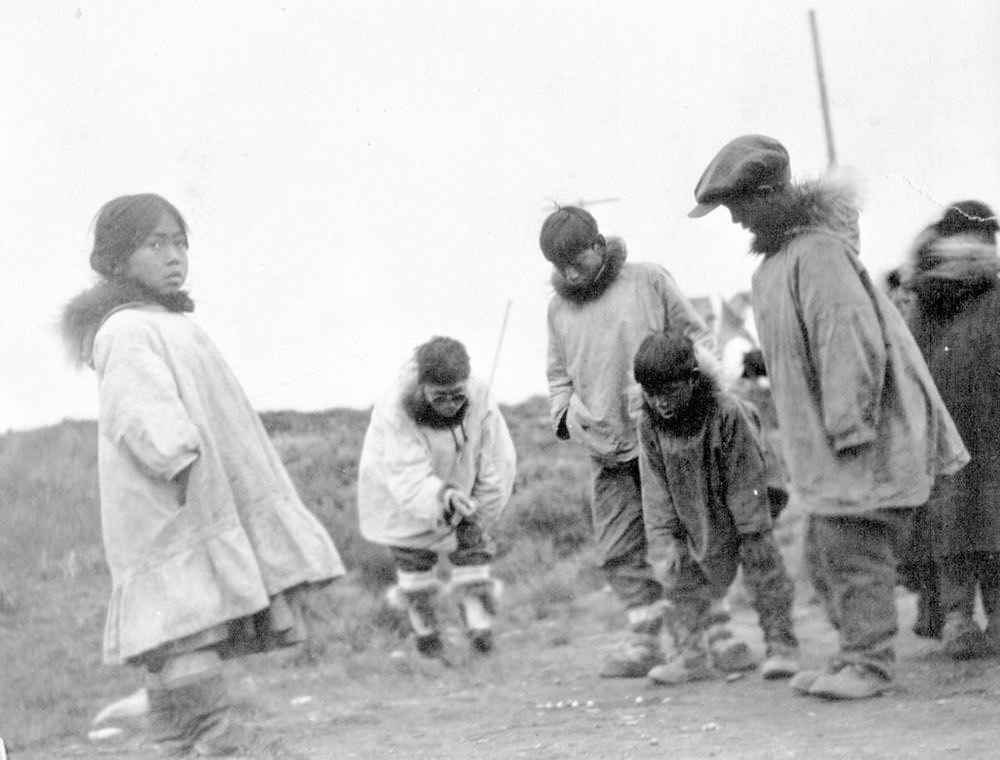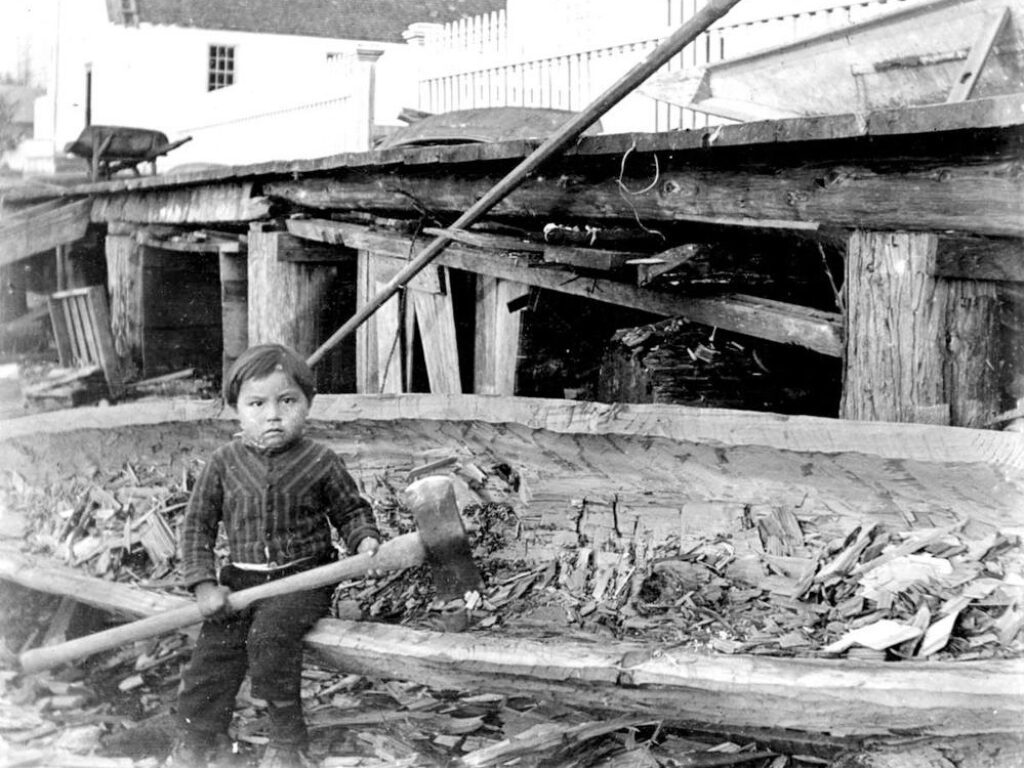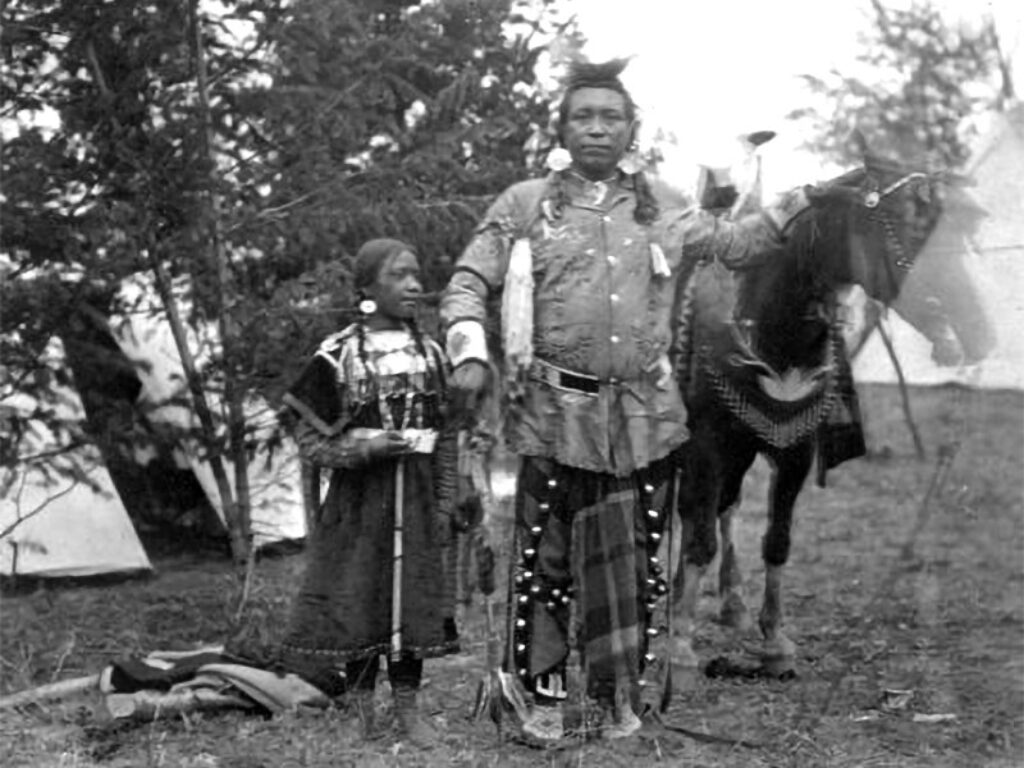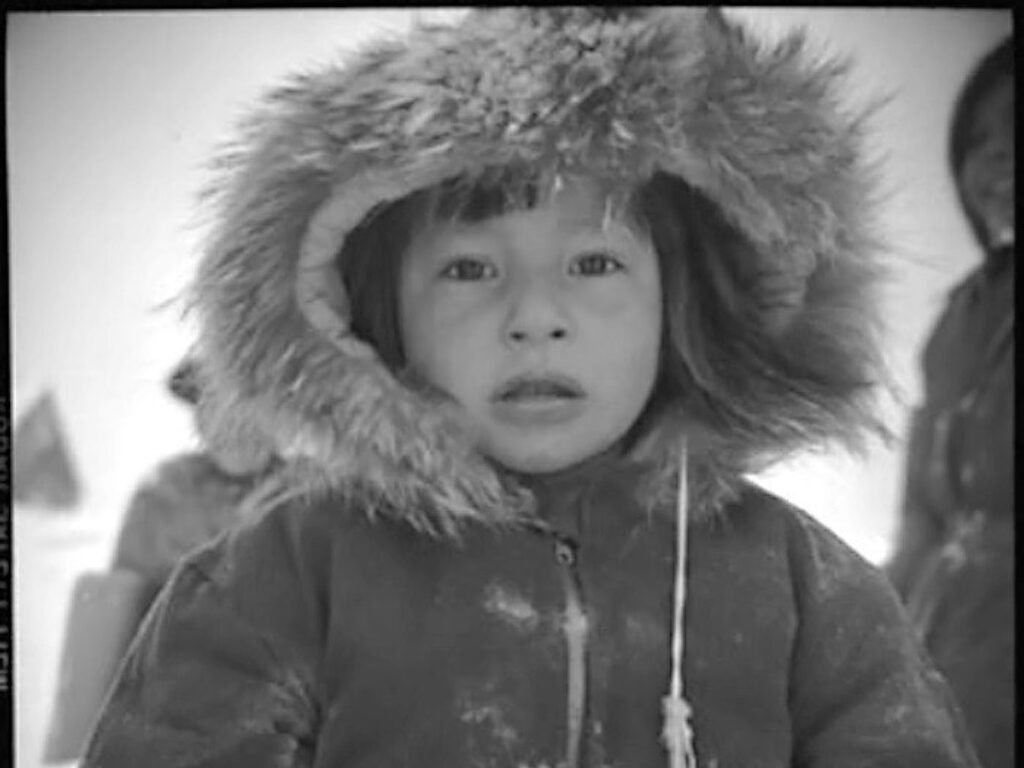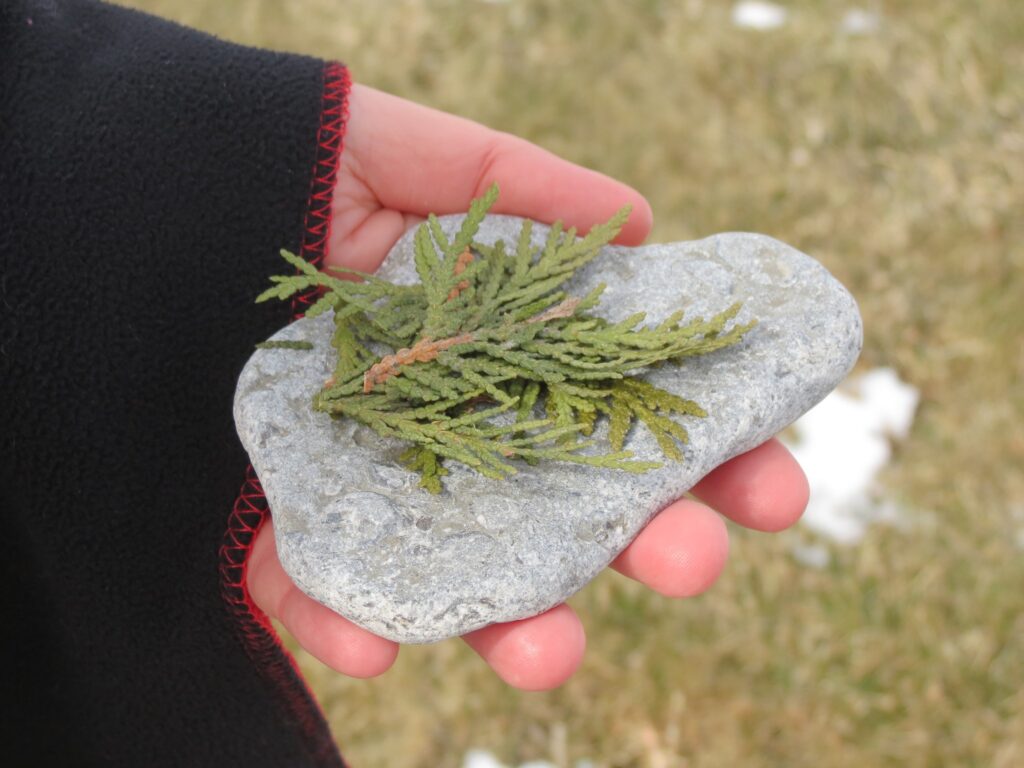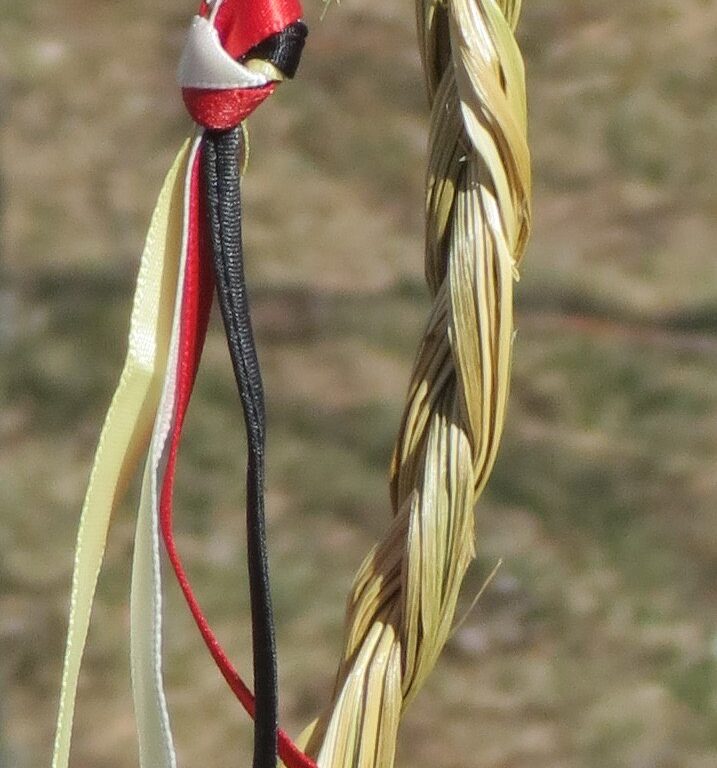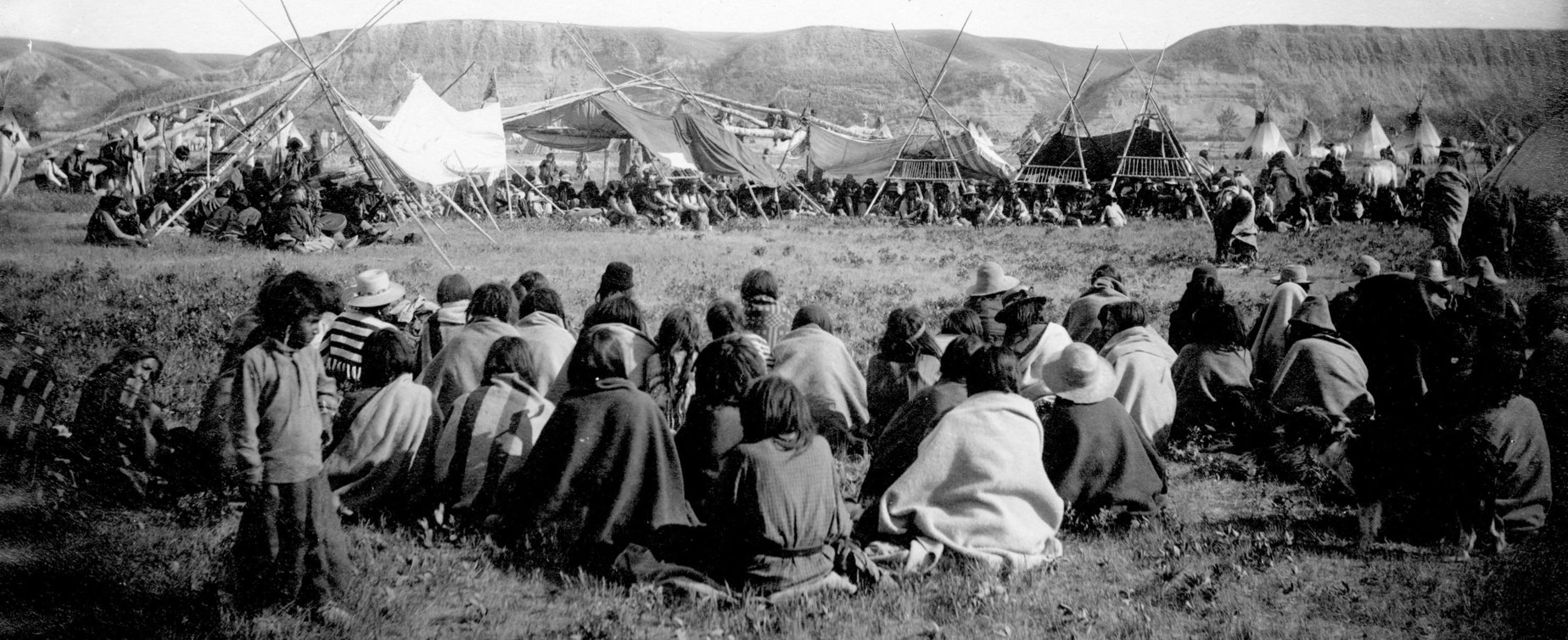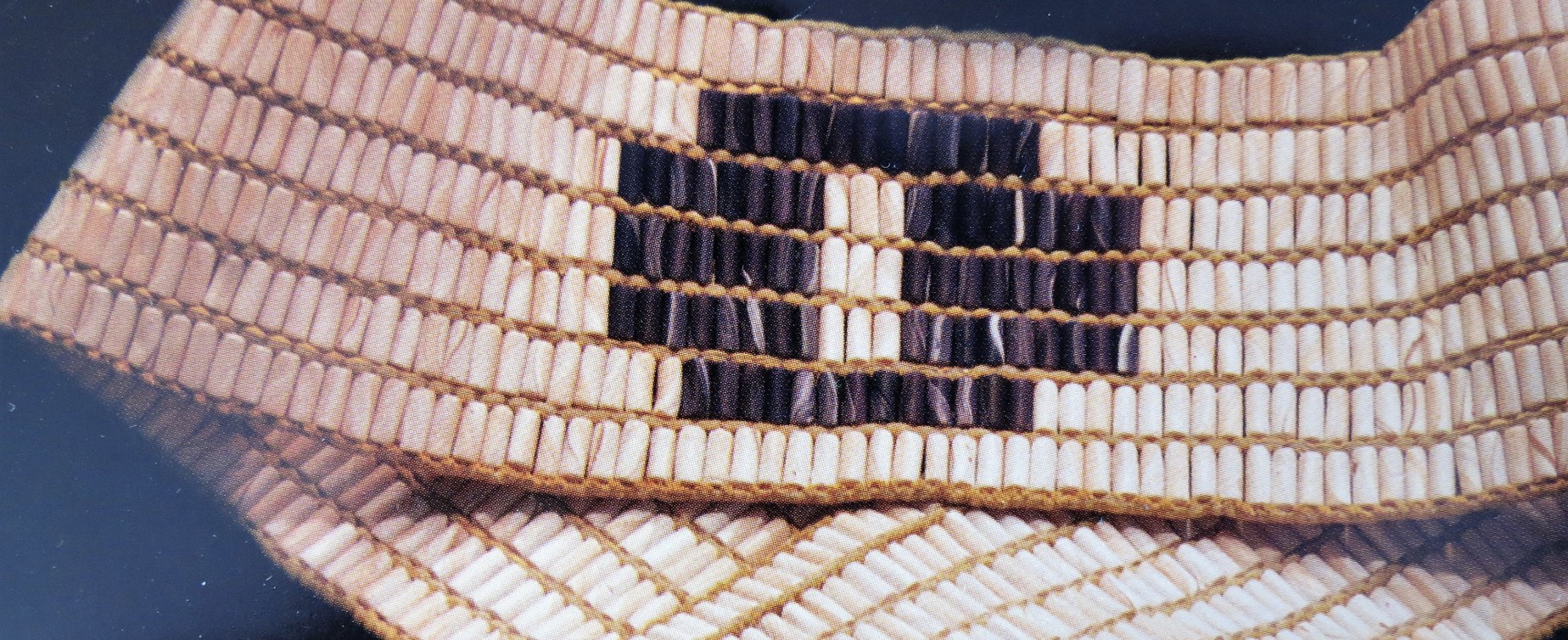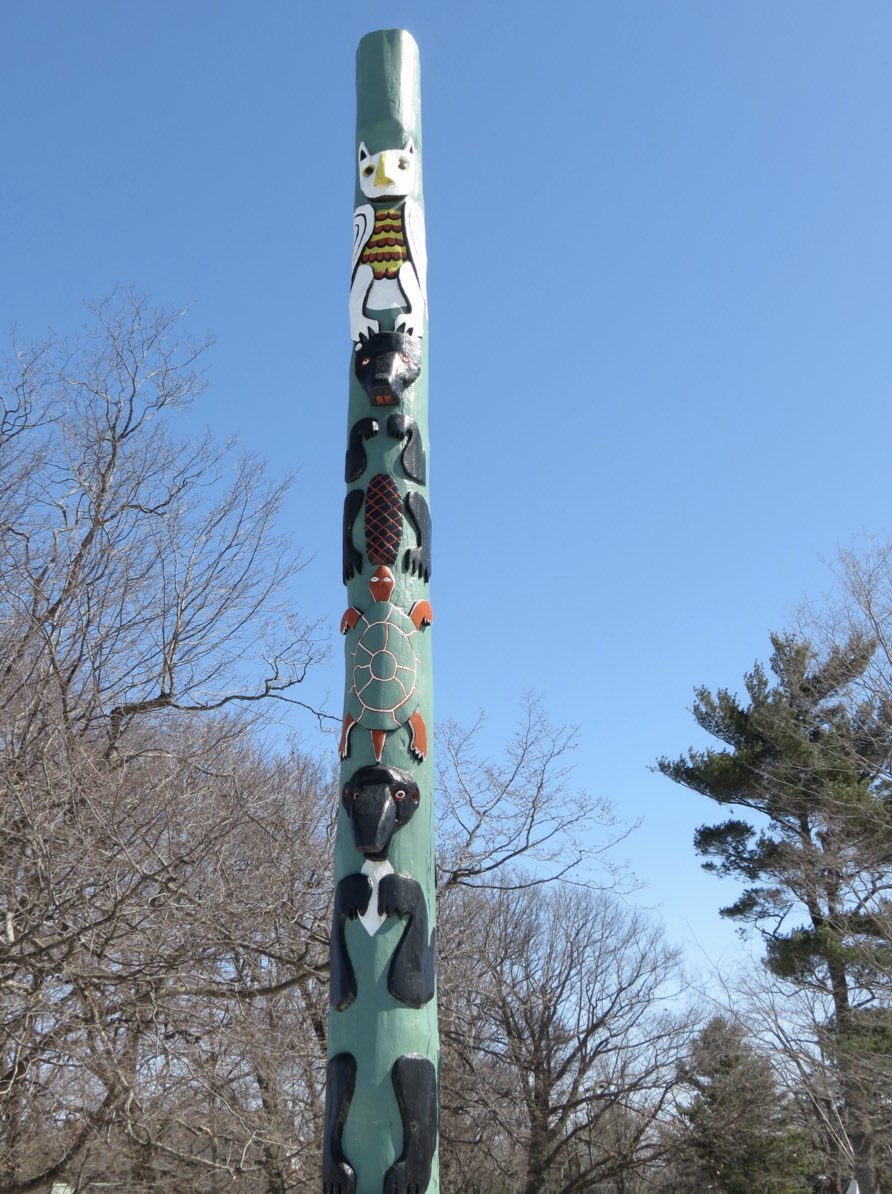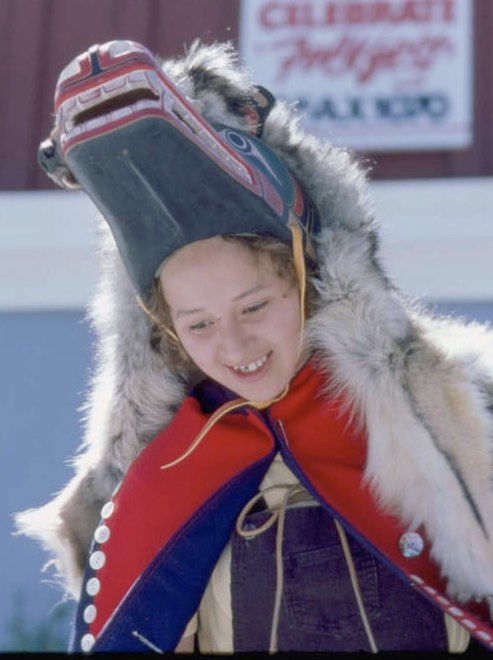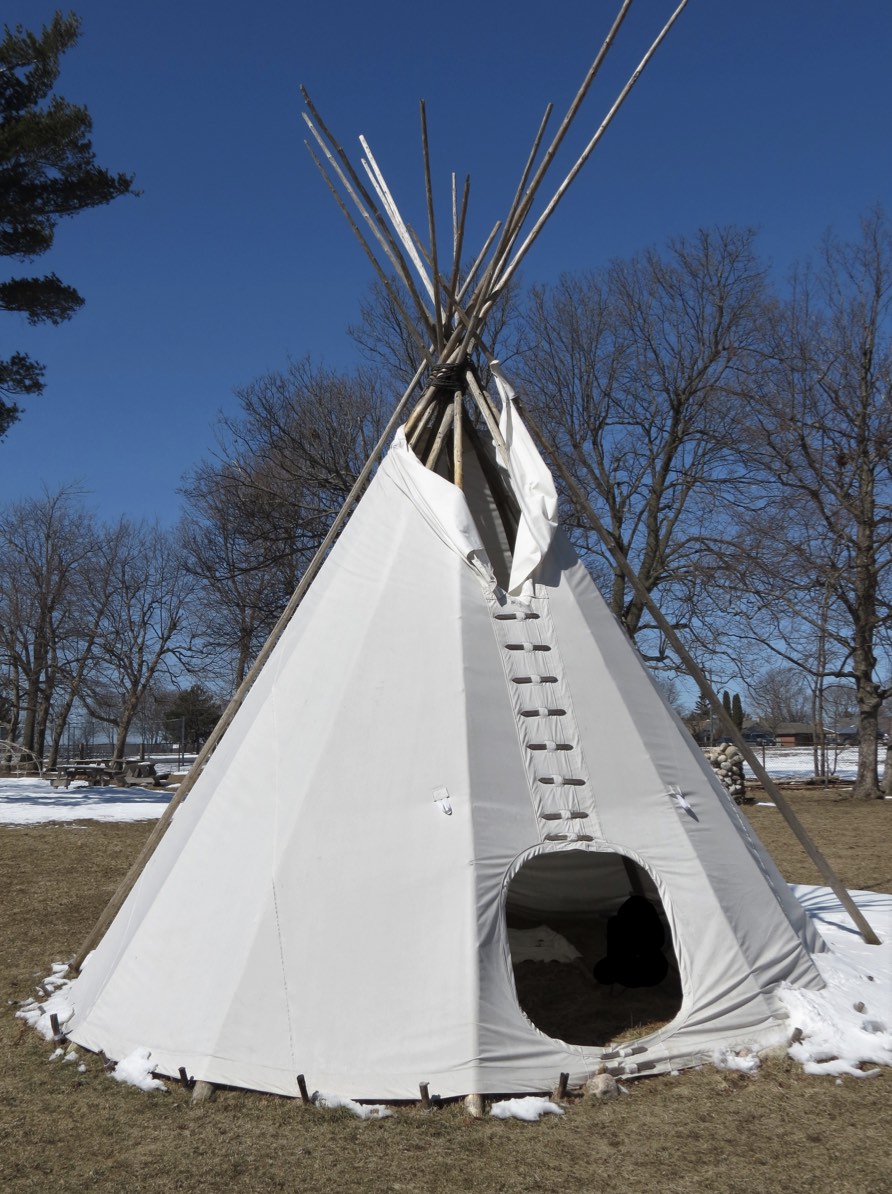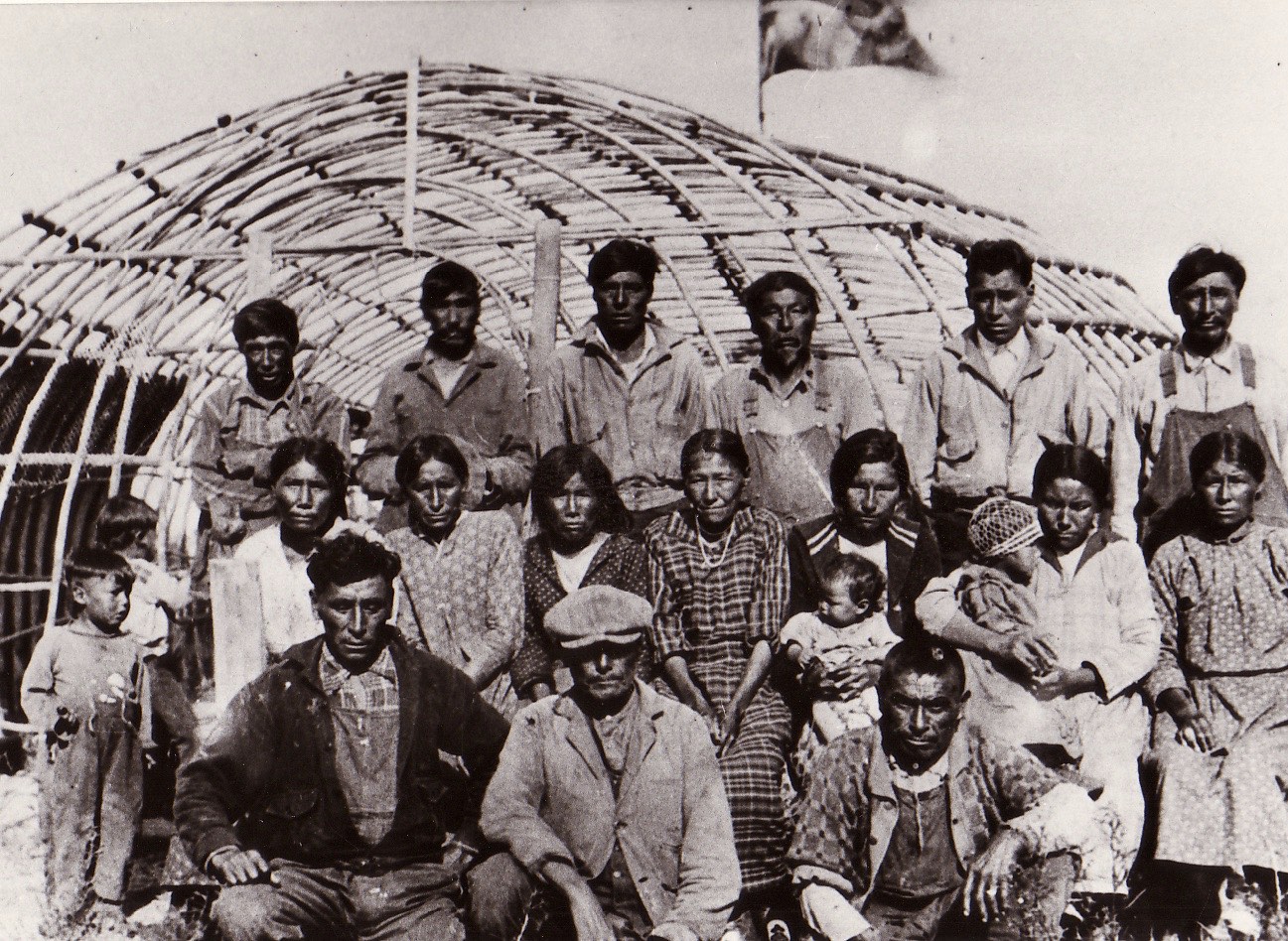Histories, Cultures and Languages
First Nations people inhabited the land which we know as North American long before the European settlers arrived. From the relationship that First Nation people have with the land, to ceremonies such as the potlach and sweat lodge, First Nations people thrived in their cultures, identities and economies long before contact with Europeans.
![Encampment of Scachett [sic] [Skagit?] Indians at New Westminster, Fraser River, British Columbia.](https://education.afn.ca/afntoolkit/wp-content/uploads/2021/03/book_2_1_2_encampment-1024x768.jpg)
Relationship to the Land
First Nations have always had a strong relationship with the land and with nature. First Nations relationships with the land were entirely different from that of the future settlers and colonizers. First Nations people do not consider land to be something that can be bought, sold or traded.
Connection with the traditional lands is fundamental to the cultures, identities and economies of First Nations peoples. The land provided shelter and subsistence, and First Nations showed the land and its wildlife enormous respect. When an animal was killed for food, a prayer was made to the Creator, thanking the spirit of the animal for giving its body so that people could live. Hunters took only what was necessary to survive. Every part of the animal was used. Clothing was made from deer hide and decorated with feathers and porcupine quills. Bone was crafted into tools and jewelry. First Nations have always seen themselves as part of the natural world, in a symbiotic relationship with the natural world.
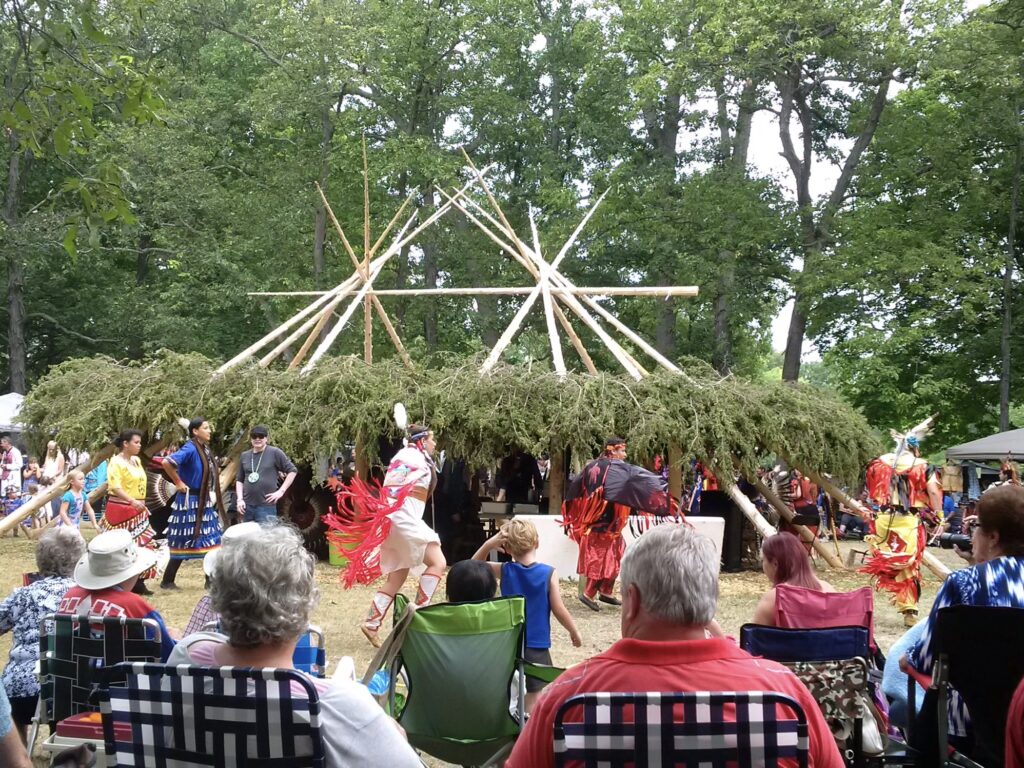
Education
Elders
Elders are community members who have the respect of the people because of their wisdom and knowledge of traditional customs, language and culture, regardless of age or gender. Elders earned this status through their dedication, experience, and understanding of the need to strive for balance and harmony with all living things.
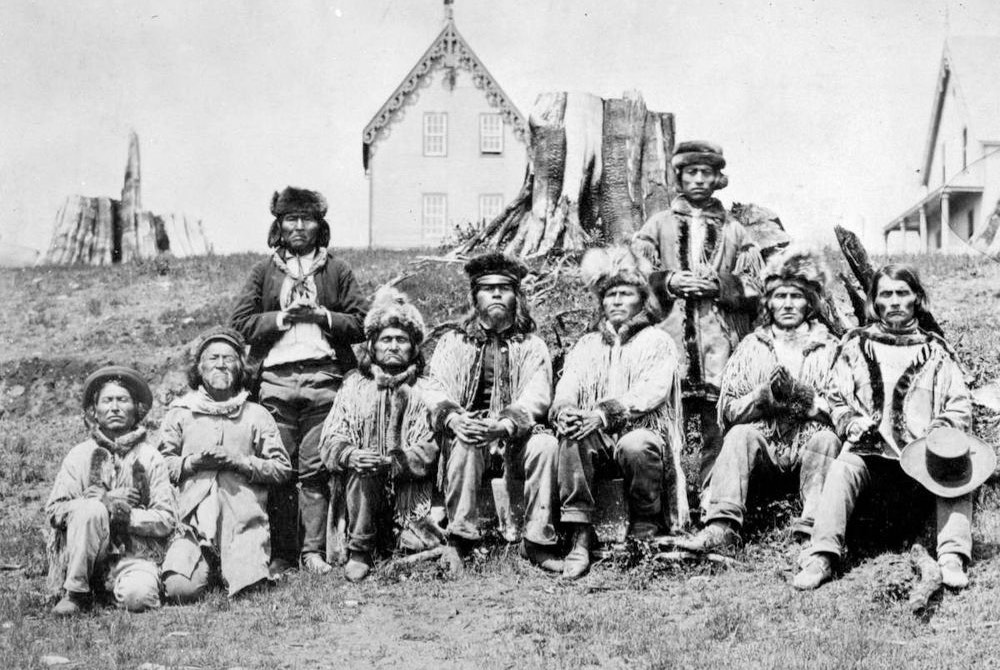
Talking Circles
Talking circles are a striking example of First Nations respect for others. Individuals in a group of people, often sitting in a circle, were given an opportunity to talk about their opinions and feelings without being interrupted. The person talking held an object like a feather, and it was understood by the group that the person speaking should be listened to with courtesy and concern. When the speaker passed the object to another person in the group, it was a signal for that other person to express their thoughts and ideas.
![Talking [Eagle] Feather.](https://education.afn.ca/afntoolkit/wp-content/uploads/2021/03/book_2_1_2_talking_feather.jpg)
Sacred Medicines
Sweetgrass, sage, cedar and tobacco are sacred plants that have traditional healing, ceremonial and spiritual meanings and applications. These sacred medicines are used individually or can be mixed together and burned. In a process called smudging, medicines are burned to produce smoke that cleanses and purifies the mind, body, and spirit.
Potlatch
The potlatch is an important ceremony in the culture of many Pacific Northwest First Nations. The host family of a potlatch would give away much of its accumulated wealth and materials goods as a gesture of goodwill, and to demonstrate social status. Events like singing, dancing and spiritual ceremonies could take place during a potlatch.
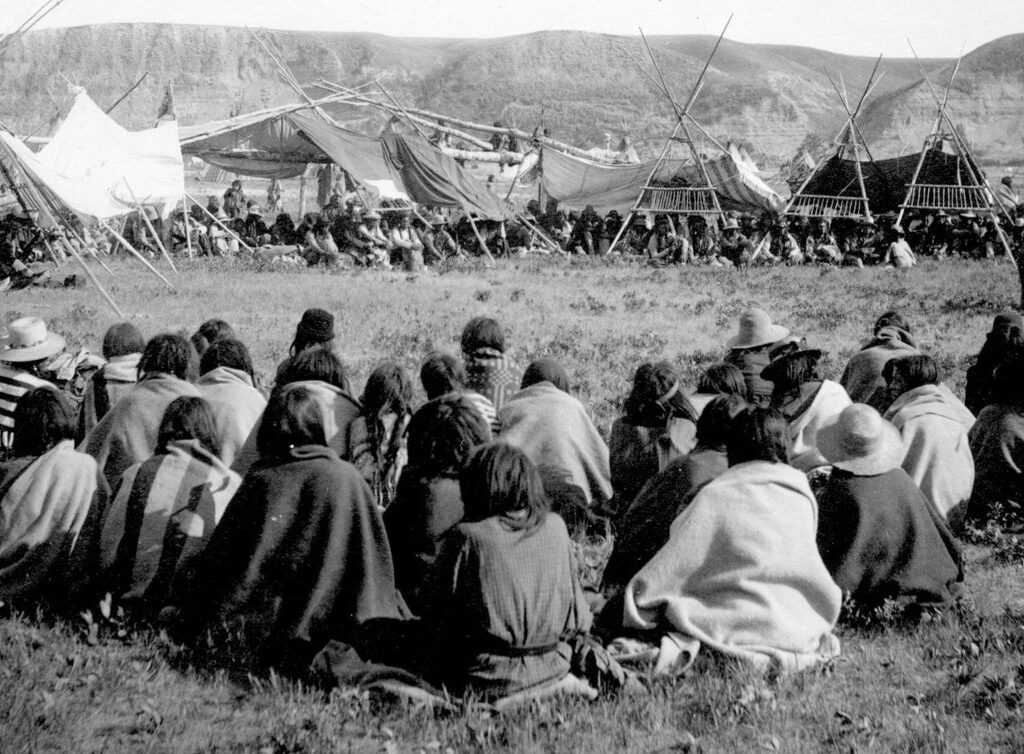
Sweat Lodge Ceremonies
Sweat Lodges, usually dome-shaped and round structures, are a place for spiritual, mental and physical renewal. People enter a Sweat Lodge according to certain rituals and customs. Inside, water is poured on hot rocks to produce steam and high temperatures, and additional rituals could be performed to help people inside the Sweat Lodge undergo purification and cleansing.
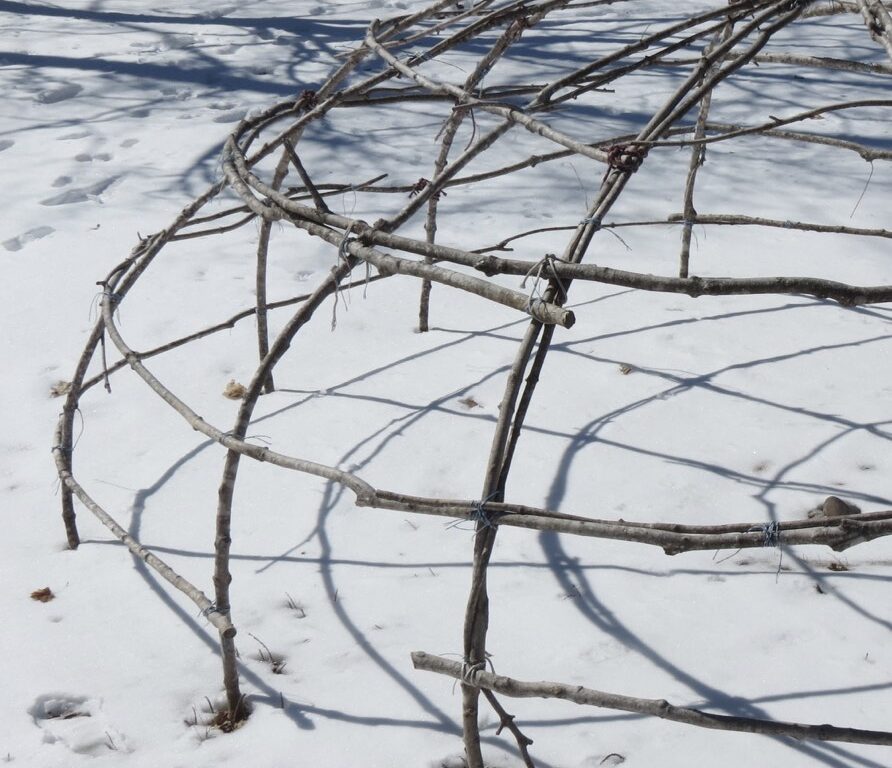
Storytelling
Storytelling is a significant channel for connecting individuals to their past, their legends, their history, their identity, and their culture. Every First Nation has its own stories that reflect and reinforce the cultural traditions and its values. And there are stories that are at the very foundation of the society. A vivid example is the story of The Peacemaker, as described and adapted from Onondaga Nation: People of the Hills.
Listen to the story of The Peacemaker
The Hiawatha Belt is made of white and purple beads. The purple represents the universe, and the white represents purity, good thoughts, forgiveness, and understanding. The white open squares represent the Nations united by peace and are connected by a white band that has no beginning or end, representing forever. The white band does not cross through the centre of each Nation, confirming that the nations are supported and unified by a common bond, and that each Nation is separate in its identity. The tree in the centre is the Tree of Peace.
United under the Great Law of Peace, the Nations formed the Haudenosaunee Confederacy of the Five Nations. Later, with the adoption of the Tuscarora Nation, this union became the Confederacy of the Six Nations. The Chiefs of the Confederacy agreed to always think of the future when making their decisions.
Wampum Belts
First Nations used no written language. However, some First Nations devised creative ways to record significant events and provide a means of remembering the details surrounding the event. One innovative device is the Wampum Belt. A Wampum Belt is a visual record, but not a form of writing. Wampum belts are visual symbols that help trigger and stimulate a “reader’s” memory of the significance and meaning of the details woven into the belt. Wampum Belts served many purposes: they commemorated events and agreements with other nations, told stories, and described customs, histories or laws. The Hiawatha Belt was described previously. Another Wampum Belt, the Two Row Wampum Belt, is described in Plain Talk 4: Treaties.”

Totem Poles
The First Nations of the Pacific Northwest created totem poles, huge sculptures carved out of large cedar trees. Totem poles served many purposes. They tell stories, myths and legends of the community, recorded significant events of the past or present, and were painted with colours important to the First Nation and their heritage. The arrangement of symbols in a totem pole tells the story embedded in the pole. Many different animal figures were used to tell a story. The interpretation of each figure or symbol was distinctive to the carver’s First Nation.
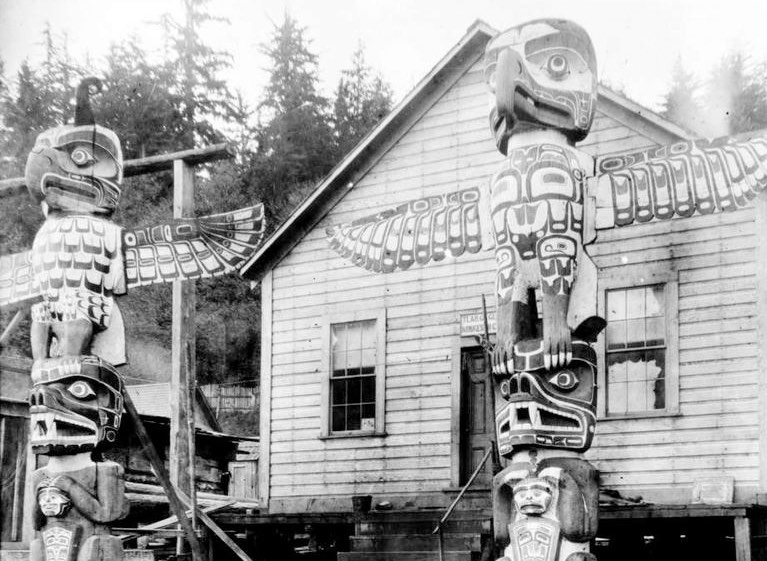
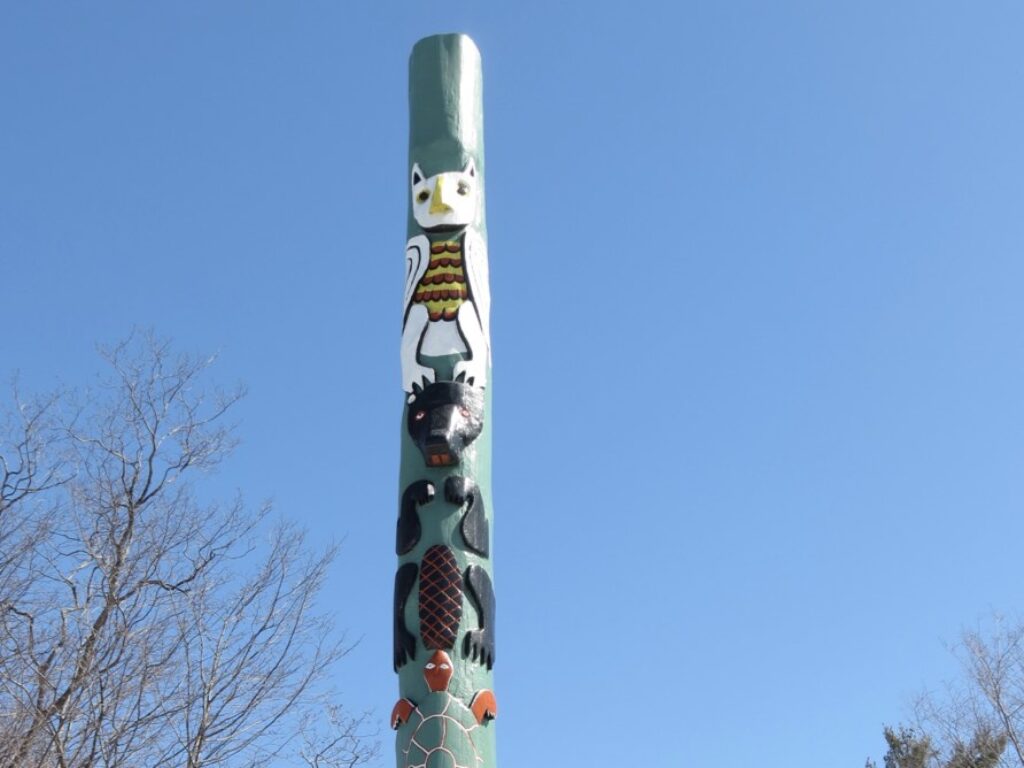
Spirituality
Belief in the Creator was central to all First Nations values, traditions and activities. Elders told stories that recounted and reinforced the connection between all members and the natural world. All objects, whether animate or inanimate, were to be treated with honour and respect. Many First Nations peoples share the Seven Grandfather Teachings of the Anishinaabe Peoples—the Values of Truth, Respect, Wisdom, Honesty, Love, Humility, and Bravery. These teachings or laws are known by many other names within various nations.
Each First Nation holds rituals and ceremonies to give thanks to the Creator and the food and material resources in their environments and to honour their values and traditions.
Every First Nation has its own story of its origins, its own Creation legend.

Shelter
The shelter designs of First Nations were intimately related to their environments, resources, and their lifestyles. Some First Nations were migratory, and built portable shelters or shelters that were readily constructed from materials at hand. These shelters consisted on a framework of poles covered with materials like hides of animals or tree bark.
Other First Nations, like the Haudenosaunee, lived in villages dominated by relatively large structures called longhouses, also made of poles and covered in tree bark. Today, the longhouses are the place where ceremonies are conducted.
West coast First Nations built large houses out of the abundant and huge red cedar trees.

Social Organization
All First Nations belonged to organized societies in which individuals, families and larger groups (clans and tribes) observed their own social, political and economic values and practices. Some First Nations were patrilineal, in which personal identity derived from the father’s side of the family. Other First Nations were matrilineal, in which personal identity was inherited from the mother’s side.
Geography had an enormous influence on the social organization, diet, and customs of First Nations peoples. For example, because Plains First Nations were blessed with abundant buffalo herds in their environments, they developed a communal hunting culture. The Iroquoian First Nations, on the other hand, were farmers. Because of soil and climate conditions, it was possible for Iroquoian First Nations to grow crops of corn, beans, and squash. The availability of these food staples meant that permanent communities could be established, and formed the basis of their complex, democratic governance systems.
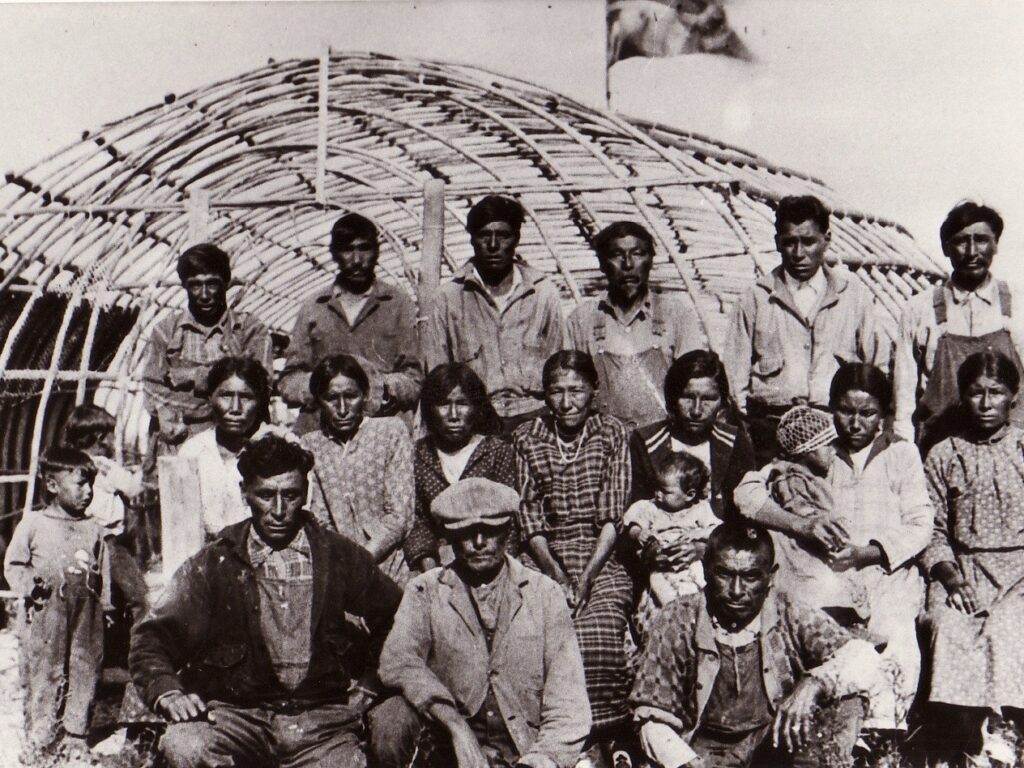
First Nations societies pre-contact with European colonizers were highly developed and sophisticated cultures with systems that nurtured their members, designed technologies suited to their needs and surroundings, and lived harmoniously with their natural environment. This Plain Talk provides only a small picture of the world of First Nations prior to contact.
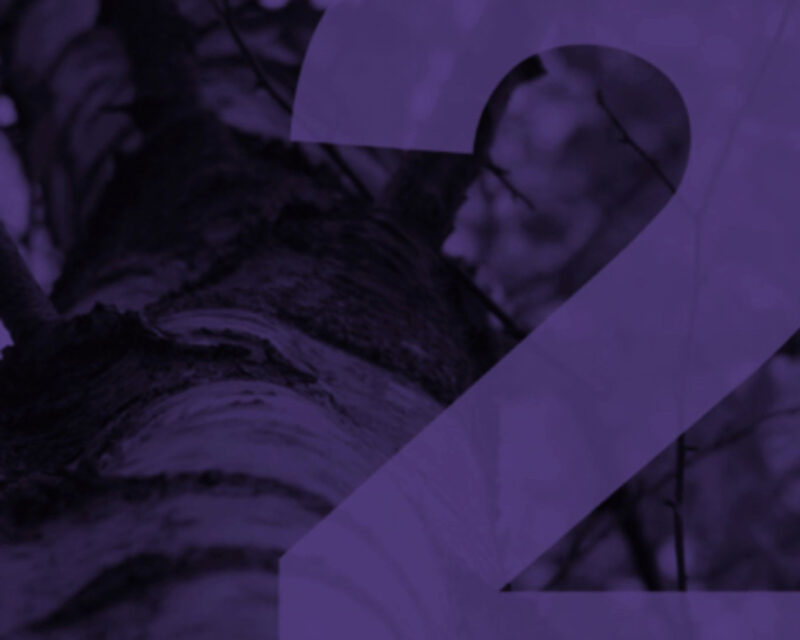
![Encampment of Scachett [sic] [Skagit?] Indians at New Westminster, Fraser River, British Columbia.](https://education.afn.ca/afntoolkit/wp-content/uploads/2021/03/book_2_1_2_encampment.jpg)
